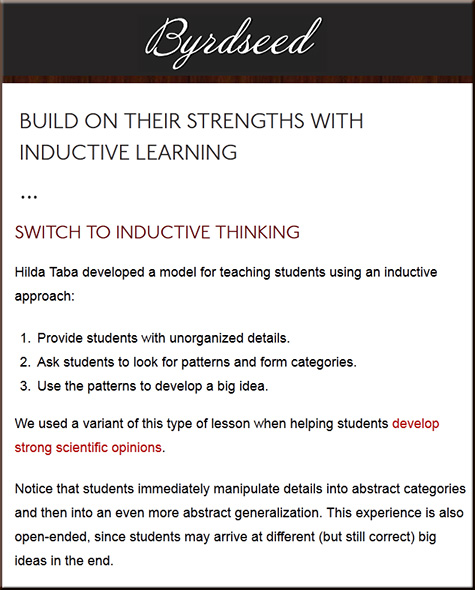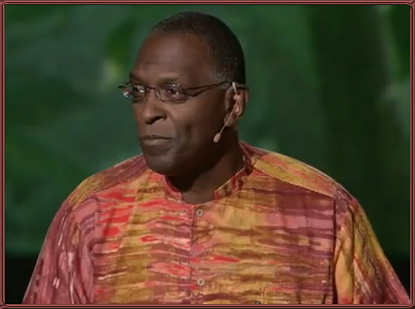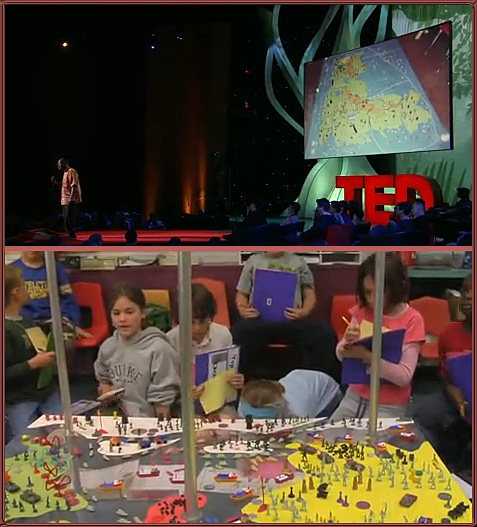Five unexpected traits of gifted students — from byrdseed.com by Ian Byrd
Excerpt:
We know gifted students are far more complex than their test scores might suggest. And while we expect certain quirks, others blindside us: a strange reaction to sound, a sudden outburst of tears, or a need to stand up at inopportune times.
Discuss online reputation using historical figures — from byrdseed.com by Ian Byrd
Excerpt:

It’s becoming increasingly obvious that students need instruction in online behavior and consequences. Unfortunately, we’re stuck with textbooks that feature “internet” lessons like the one seen above. We have to prepare our students for an online world that our curriculum isn’t even aware of.
.
Concept Attainment — from byrdseed.com by Ian Byrd
Excerpt:
Concept Attainment is probably my favorite model of instruction. It takes the opposite road of direct instruction, and forces students to make their own connections. It builds drama, gives students ownership, and is plain old fun.
Here’s a video explaining the steps…
Top ten things I wish all teachers knew about giftedness –– from Creating Curriculum Blog by Guest Blogger Mona Chicks (on Mary St. George’s blog)
Teaching with literature in the primary grades — from byrdsee.com by Katie Haydon














